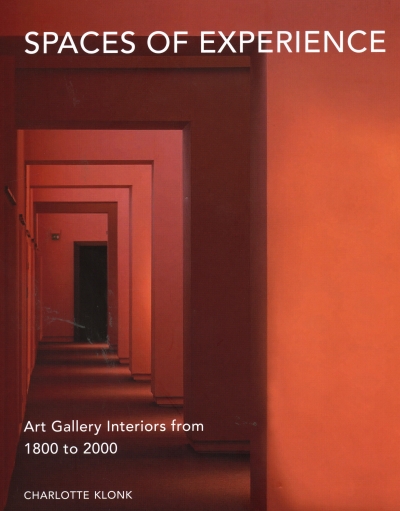
Spaces of Experience. Art Gallery Interiors from 1800 to 2000
This fascinating study of art gallery interiors examines the changing ideals and practices of galleries in Europe and North America from the 18th to the late 20th century. It offers a detailed account of the different displays that have been created - the colors of the background walls, lighting, furnishings, the height and density of the art works on show - and it traces the different scientific, political and commercial influences that lay behind their development.
Charlotte Klonk shows that scientists like Hermann von Helmholtz and Wilhelm Wundt advanced theories of perception that played a significant role in justifying new modes of exhibiting. Equally important for the changing modes of exhibition in art galleries was what Michael Baxandall has called “the period eye,” a way of seeing informed by the impact of new fashions in interior decoration and by department store and shop window displays. The history of museum interiors, she argues, should be appreciated as a revealing chapter in the broader history of experience.








